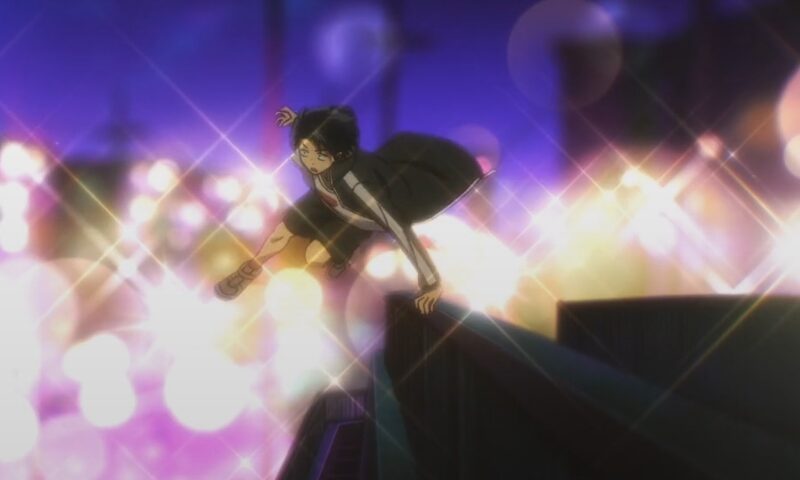
Call of the Night, like most anime, explores the emotional tangle of growing up, only with vampires. Ko is a high school drop out who struggles with school and fitting into society. He drops out of both, even to the point of avoiding the daylight hours. During his nocturnal roaming, he stumbles across the vampire Nazuna. Ko learns about vampires from her and decides to become a vampire himself. The catch: he has to fall in love with Nazuna. For her part, Nazuna keeps Ko as a friend in addition to a regular nightly meal.
They spend their nights roaming, playing video games, and otherwise avoiding existential dread. While the episodes focus on nightly fun, underneath this sits deep, soul-killing boredom for Nazuna. She runs from this just as Ko runs from his own growing awareness of reality. Their encounter forces them both to change and face their own fears and problems. Avoidance drives them and both suppress their emotions from different angles.
I will assume you’ve watched both Call of the Night and FLCL in this article. If you haven’t, my discussion won’t make as much sense.
As I watched the anime–the manga has more depth, of course–I felt FLCL vibes. Call of the Night has a punk feel and music focus that reminded me of FLCL and all its musical focus. In both stories, events get even more outlandish as the narratives progress. The external events stand in as metaphors for the characters’ internal states, particularly the shift to manhood Ko in Call of the Night and Naota in FLCL begin. In both stories, an older woman–who are of undefined age and of otherworldly nature–awakens both boys’ sexual awareness. This awakening forces them to face the burden of growing up: gaining responsibilities they don’t want and an awareness of themselves.
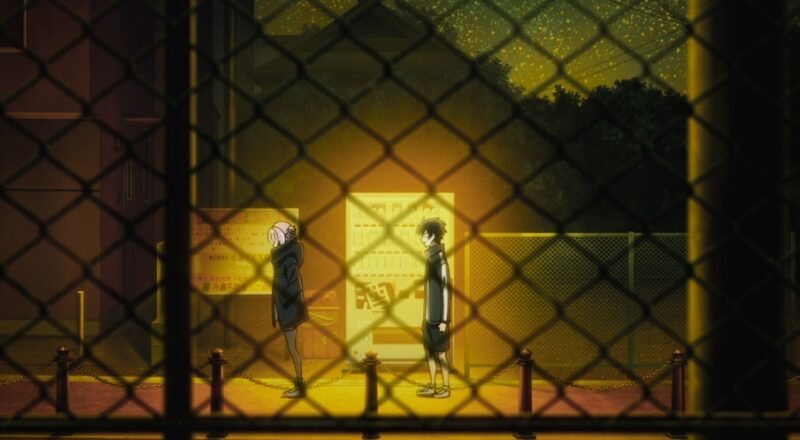
Both stories tap into a trope that appears throughout folklore and mythology: women awaken boys into manhood. Women have a biological marker of adulthood in the ancient world: they have menstruation. Men, on the other hand, don’t have such a sharp biological marker. Granted, with our modern understanding, we know maturity doesn’t have a biological marker unless you count the prefrontal cortex “coming online” around 25 years old. Throughout past cultures, boys underwent rituals that marked them as men from that point forward. Often, the ritual required some sort of physical or emotional pain: ritual scarification, tattooing, a chemical-induced vision quest, a walkabout, or even making your first kill in war. The idea is to create a place of no return, an experience that cannot be reversed just as the onset of menstruation cannot be reversed. In folktales and mythology, an encounter with a strange woman often starts this journey into manhood. It follows the sexual awakening heterosexual men undergo during puberty. The girls you used to romp and play with in elementary school suddenly become otherworldly and strange in their behavior and appearance. Then, because most boys begin developing later then girls, alien sexual feelings begin to appear long after girls’ sexual feelings begin. Of course, now we have anime like Call of the Night and FLCL, movies, and even pornography that explains, explores, and directs these budding urges. However, modern society also lacks the sharp rites-of-passage the ancient world had for boys. And this lack of rites can create the confusion surrounding manhood which Call of the Night and FLCL among other stories explore.
The female leads of both stories allow the boys to explore their awkward awakening sexual awareness with them. Nazuna is more physical and consistently sexual compared to Haruko, who directs more of that energy toward Naota’s father, which opens the other time-honored theme of the son versus the father. I won’t go into that theme here. Call of the Night doesn’t handle it. Nazuna leaves no doubt that her nightly feedings with Ko is both sexual and necessary for her survival. She is penetrating Ko’s neck, which provides an interesting inversion of the historical theme of heterosexual male awakening. In fact, Ko showing her fang marks embarrasses her with its lewdness. Nazuna plays on Ko’s lust toward her and his discomfort with those emotions.

Both stories use a different set of symbols to stand-in for the different challenges teens face. In Call of the Night, the vampire motif becomes a powerful symbol for exploring the search for identity, acceptance, and finding one’s place in the world. The, ahem, call of the night and the supernatural elements night represents stand in for the hidden desires and yearnings we keep concealed from society. Similarly, FLCL has robots erupt from foreheads and uses guitars as metaphors for the clash between maturity and “the boundless energy of youth.” Both stories use the timeless tradition of music as a means of rebellion.
Call of the Night uses the rites of vampirism as a stand-in for coming-of-age rituals. Becoming a vampire would mark Ko as forever different, just as a boy becomes a man. However, while these types of modern stories tap into an ancient theme, Call of the Night lacks the depth of ancient folktales. The story still touches on the confusion young men feel and the lack of guidance society offers. Growing older and becoming sexually “mature” doesn’t mean a boy has become a mature man. The night-time play Ko and Nazuna have throughout the episodes points to this problem. Ko becomes more sexually aware but that has little bearing on his maturity. Maturity begins only when he accepts Nazuna as she is instead of the sexual projection he has of her. That fictional projection offers pointed commentary for how young (and not-so-young) men view women thanks to media. Ko’s acceptance for Nazuna becomes another rite-of-passage of sorts. He cannot return to his projection of her once he crosses that line.
In his book, Re-Enchanting the Forest: Meaningful Ritual in a Secular World, William Ayot explores the importance of rituals. In an interview for the Art of Manliness podcast he states:
I think we’ve lost our natural, and I’m using the word tribal here, but we’ve lost our natural tribal rituals of initiation for young men. We tend not to go down that path anymore, and because of that, as young men, we self-initiate. We kind of fall in love with death in a little bit of a way. We go stealing motorcars and we do extreme sports and we get ourselves into fights and so on and so forth as a way of experiencing our manhood. Now the reality is, no one can give you your manhood. You have to take it. But at the same time, that needs to be done in a safe space, where you can be tested, where you can be met by other men, where you can learn about other men as you’re going through a deep initiatory process. That’s what we don’t have anymore, and I think that’s a real loss in our culture.
Stories like Call of the Night and FLCL provide some of the traditional safe space for testing. While for us moderns, the ancient rites of passage seemed brutal–and in some cultures they were–but compared to the realities of their time, most rituals, even the scarifications, were safe spaces where boys were met by other men. In our stories, we have the exploration of the female element in a boy’s awakening, but such stories often the lack of male acknowledgment and guidance. And that’s where these stories fail as important coming-of-age stories.
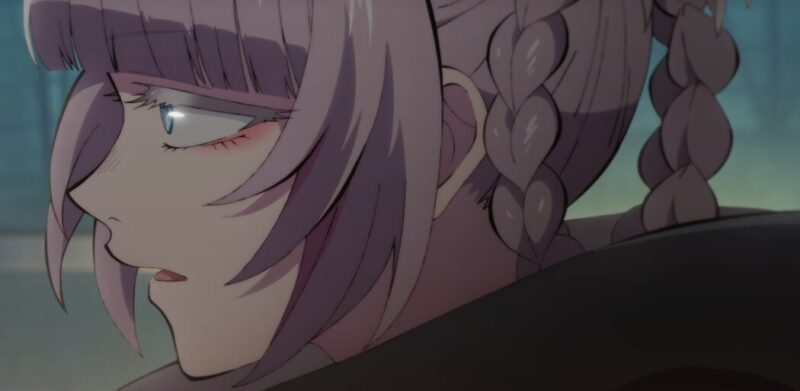
However, some stories cover these acknowledgment and guidance elements. Eureka Seven:Psalm of Planets has Holland and Renton’s father and Renton’s grandfather guide and recognize Renton’s journey into manhood, including the rites of passage he endures on the way. FLCL and Call of the Night focus more on the emotional turmoil of puberty and sexual awakening. They provide an interesting exploration of these themes. Both stories also play with animation in interesting ways to show these themes. They act as studies that validate the emotions and confusion teens and young adults feel because society fails them just as it does Ko. These stories provide modern versions of ancient stories, but they lack the societal mooring ancient tales and rites had. Because of this, these stories have limits to their impact. But stories like Call of the Night can provide pieces that, when snapped together, allow teens to realize adulthood.
References
Podcast #505: A Man’s Need for Ritual. Art of Maniliness. https://www.artofmanliness.com/character/behavior/mens-rituals-rites-of-passage/
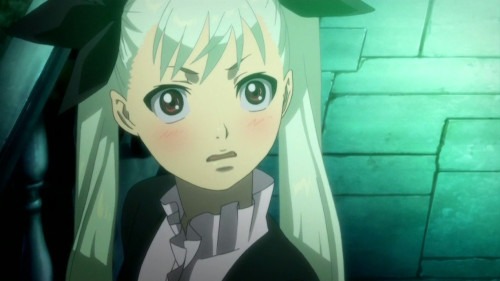
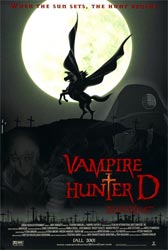
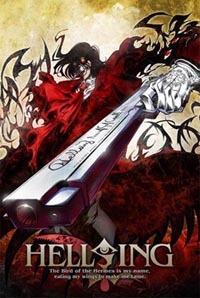
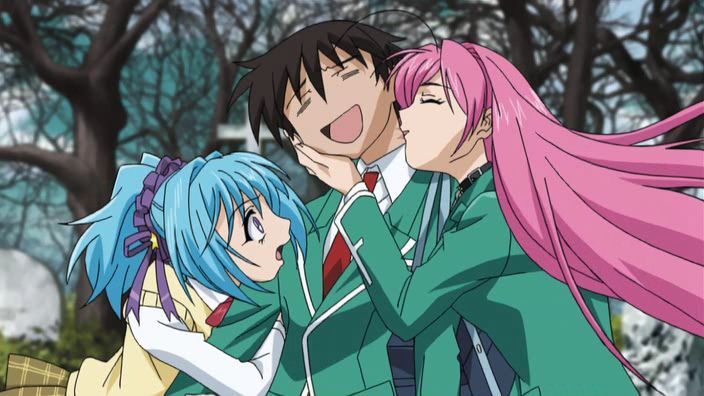
In this context, William Ayot’s quote is profound. But I think it also misses that the self-imposed process can become its own end in societies where no one gives such acts meaning. Instead of moving a boy into “manhood”, they can just as easily lure a man into an endless loop of childish behaviors. Where women fall into this, I’m not sure. But I do think there can sometimes be an aspect of wisdom transferred from an older woman’s self-assured expectation of responsibility.
You hit the problem with self-imposed rituals. Without societal recognition, they lose their meaning and can go awry as you point out. “Conquering” women provides a good example of this childish behavior disguised as “manhood.” Ancient rituals that have passed down to us have withstood the test of time. They’ve proven themselves useful for our psyches and their purpose. Discarding them as quaint or outdated without further thought was a mistake. I’d rather not go on an ayahuasca trip before being allowed to graduate high school or something.
I’ve since read through Ayot’s interview. I found the reference to Nietzsche’s, “The Birth of Tragedy”, rather interesting. I think he’s saying that while we value knowledge and intellect in our passages to adulthood, there’s an aspect of “experience” that gets overlooked. And he seems to refine that in the idea of a “Hero’s Journey”. But I also detect an allusion to a sort of ongoing ceremony in his approach, more like counseling sessions or religious invocations.
I see meaningful rites-of-passage as allowing one’s self to experience a foreboding or intimidating unknown… relinquishing predictability and understanding, peering into “yūgen” (幽玄), perhaps, in Japanese culture. A confrontation of mortality, or the loss of identity through the direct experience of something vast and mysterious into which everything disappears. And that’s the whole idea of a Hero’s Journey, that it’s not the same person who returns from the experience of something greater than one’s self. Ideally, it’s someone more knowledgeable, competent, self-assured but accepting, and trustworthy… who no longer feels the need to prove anything. Achilles becomes Odysseus.